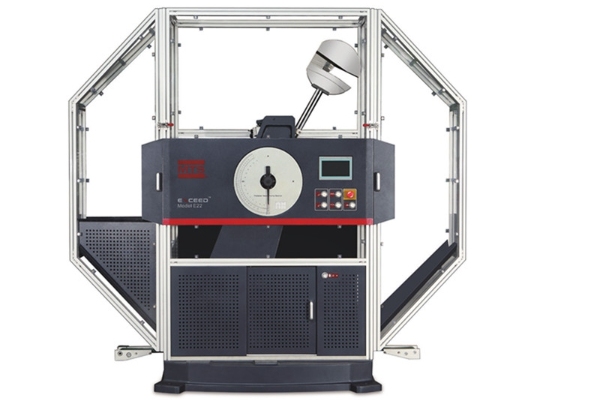With the continuous progress and development of modern society, people's concern for safety is also increasing. In various high-risk scenarios, such as traffic accidents, sports and industrial production, Impact Absorption, as an important safety technology, plays a key role in mitigating injuries and protecting personal safety. In this paper, we will discuss in detail the definition and principle of Impact Absorption and its application in different fields.
Definition of Impact Absorption
Impact absorption work refers to the process of absorbing and transforming the force when an object is subjected to an impact force. Its purpose is to protect people from serious injury by reducing the acceleration and energy transfer of the object. The key to impact absorption is to slow down the kinetic energy of a stressed object by quickly and efficiently converting the impact force into other forms of energy. This conversion is usually accomplished through the design of various materials or structures to achieve optimal protection.

Principle of shock absorbing work
The principles of impact absorbing work can be briefly summarized as follows:
Design of buffer zones: When designing an impact absorption system, the use of materials or structures that can absorb and disperse impact energy, such as foams, shock absorbers, etc., is usually considered. These materials or structures are characterized by a certain degree of softness and elasticity, which can effectively slow down the propagation of the impact force and the scope of influence.
Energy conversion: The impact absorption system will convert the impact force into other forms of energy, such as thermal energy, acoustic energy, etc., in order to reduce the kinetic energy of the stressed object. This energy conversion process needs to be realized through proper design and material selection.
Dispersion of Impact Forces: Impact absorbing systems can also reduce the concentration of force at the point of impact by dispersing the impact force, reducing the risk of serious injury. For example, in an automobile collision, the structure of the body will effectively disperse the impact force throughout the body in a variety of ways, thereby reducing injuries to the occupants.
Application of impact absorbing work in different fields
Impact absorbing work technology has a wide range of applications in various fields. The following are some typical applications:
Automotive Safety: In the automotive industry, impact absorber technology is the main means of protecting passengers from collisions. The front and rear bumpers and body structure of the vehicle have impact absorption function, which can effectively reduce the collision force and protect the safety of passengers in the event of an accident.
Sports protection: Impact absorption technology is also widely used in the sports field. For example, in high-risk sports such as rugby and skiing, sports protective equipment uses a variety of energy-absorbing materials and structural design to reduce the risk of injury to athletes.
Industrial Safety: Impact-absorbing work technology is also widely used in industrial production areas, such as mechanical equipment and construction materials. Shock-absorbing devices, protective covers, etc. can effectively absorb and disperse the impact force to improve the safety of the workplace.

Conclusion
As an important safety technology tool, impact absorbing work is widely used in various fields, providing reliable protection for people's physical safety. Through reasonable design and material selection, we can better utilize the impact absorbing work technology to reduce the occurrence of accidents and injuries and improve the overall safety level. Therefore, in-depth research and application of impact absorption technology is of great significance to promote the development of society and people's quality of life.